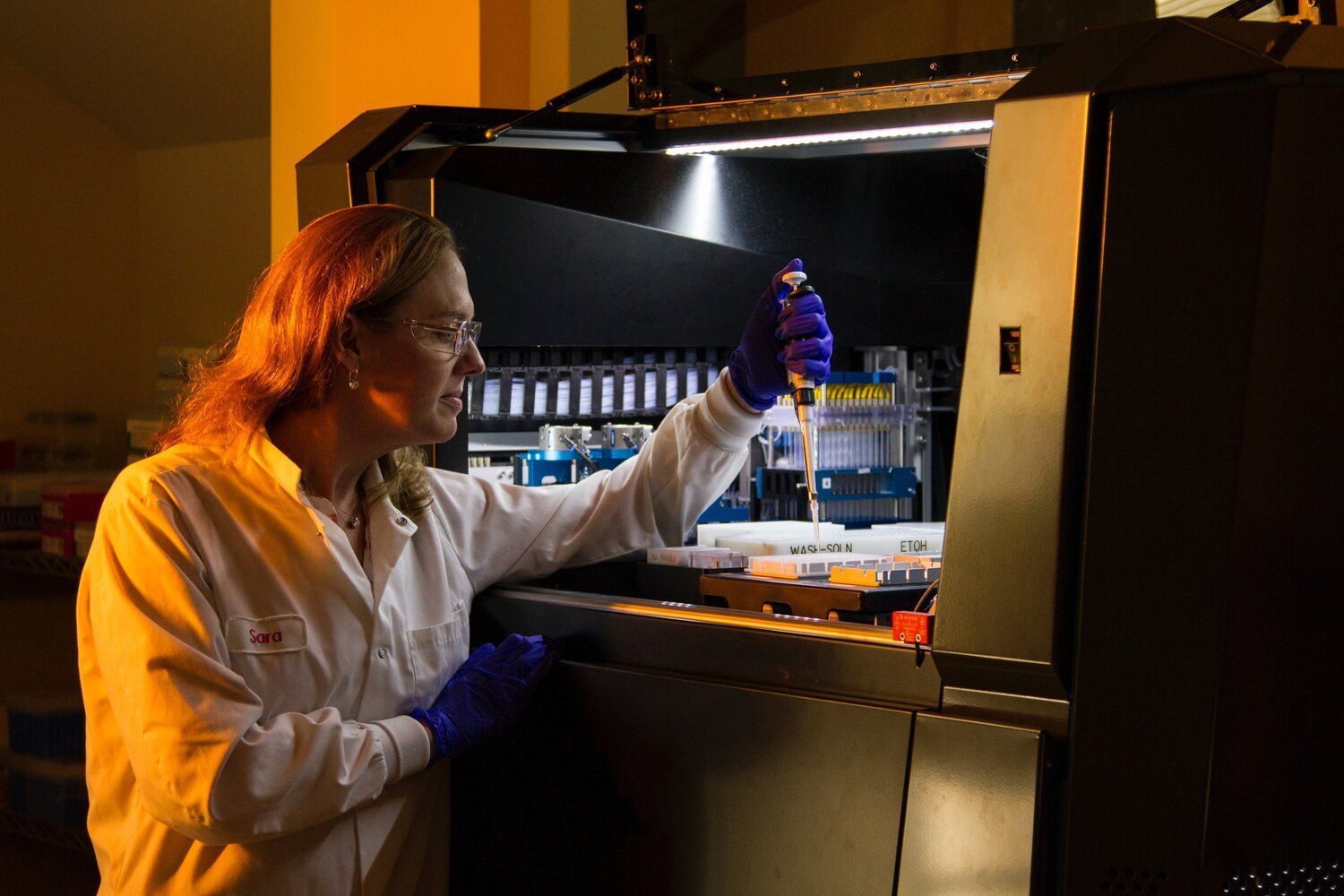From London, some news: “A team of scientists has used. . . CRISPR to create genetically modified human embryos. . . around half [of which] contained major unintended edits.” And lest there is any confusion about just how “major” these unintended edits are, they could “lead to birth defects or medical problems like cancer later in life.”
CRISPR gene editing is a quite simple concept; an aberrant gene is “edited” to become a “normal” gene. Most commonly, this is touted as a way to eliminate hereditary diseases—for example, Huntington’s disease—caused by genetic mutation. If the mutated genes can be edited back to the non-mutated normal, then the disease is effectively cured. Nevertheless, as the debacle in London shows, gene-editing technologies have developed far more rapidly than scientists' ability to use them with any kind of responsibility. Aside from (acceptable, we’re told) minor mutations that CRISPR modification often creates, there are others that “delete or scramble large sections of DNA” or edit the correct gene with unforeseen consequences. The human genome is still far too complex and mysterious to tinker with willy-nilly.
United States law still prohibits using genetically modified embryos for pregnancies—though their wanton use in perfecting these experimental technologies is still licit. We can probably expect increasing pressure on this law as the commodification of children as lifestyle accessories continues and parents’ concern with the aesthetic value added by their children increases. Indeed, last year, a House subcommittee voted to lift it before being overruled by the full Committee. While legislative opponents of the ban generally cite genetic modification’s potential as life-saving (or life-improving) technology, it is difficult to see how they could carve into the law a “therapeutic” exception (i.e., treating lifelong, fatal diseases) that could withstand claims that vaguely-therapeutic (e.g., eliminating asthma) and, inevitably, non-therapeutic (e.g., increasing height) uses must also be legalized. “Designer babies” are not an extreme; they are built into the logic of the technology. Law does not weather such slippery slopes well.
The legal issues are, to be sure, a bit downstream from the issue at hand, which is that scientists—our maîtres et possesseurs de la nature—produce technology, that is, tools, without complete knowledge of the materials to which they will apply them. We have another example of how technological development outstrips the pace of knowledge accumulation. Similar to building nuclear weapons without a thorough understanding how radiation affects people, scientists have created the means to make nearly unlimited, “precise” changes in embryonic DNA with only a foggy idea of the unintended consequences. This represents a severely disordered relationship between tools and knowledge; we do not fully comprehend the problems our tools are supposed to solve.
Some time in the future, it is possible that we will have a sufficient grasp of the human genome to anticipate each of these consequences. Perhaps we will find that genes are too interconnected—tugging at one strand unravels the entire thing—to proceed with this technology. Or perhaps we will circumvent the issue. Or, still, we may discover that the human genome is far too complex ever to modify without severe, unforeseen results. In the meantime, my question is whether we trust people to use this technology responsibly. I do not think there is much reason for confidence. Rest assured, the technology will not wait for these gains in knowledge as its commercial use becomes more attractive. It will likewise grow cheaper and more accessible, both attractive features for a technique which certainly has a market. We should not allow gene-editing to become another installment in a long line of shortsighted technologies. After the London results were published, Berkeley professor Fyodor Urnov declared, “This is a restraining order for all genome editors to stay the living daylights away from embryo editing.” Pray they heed his advice. The practice of science, Leon Kass reminds us, does not provide us with the moral standards of its own deployment.
